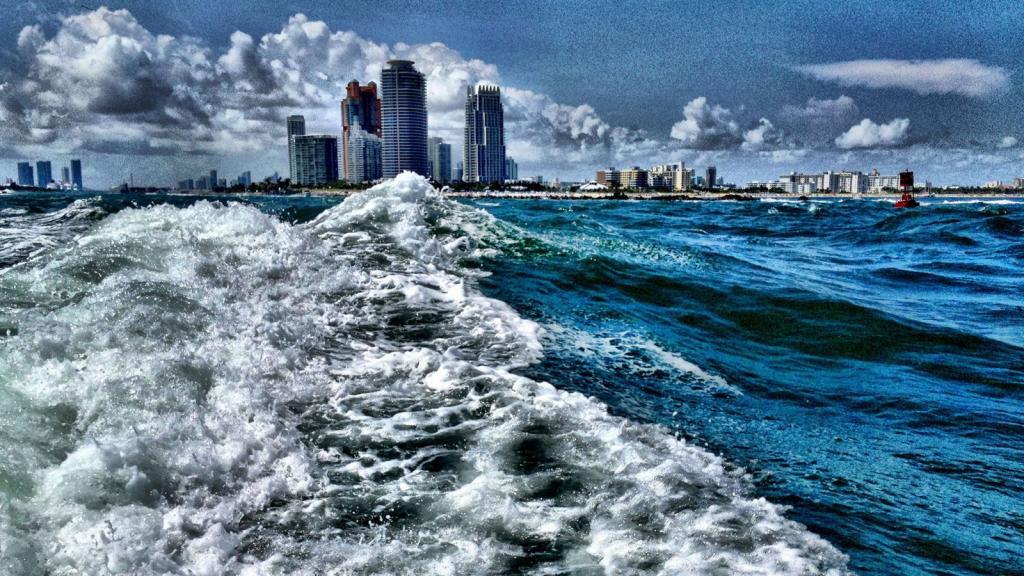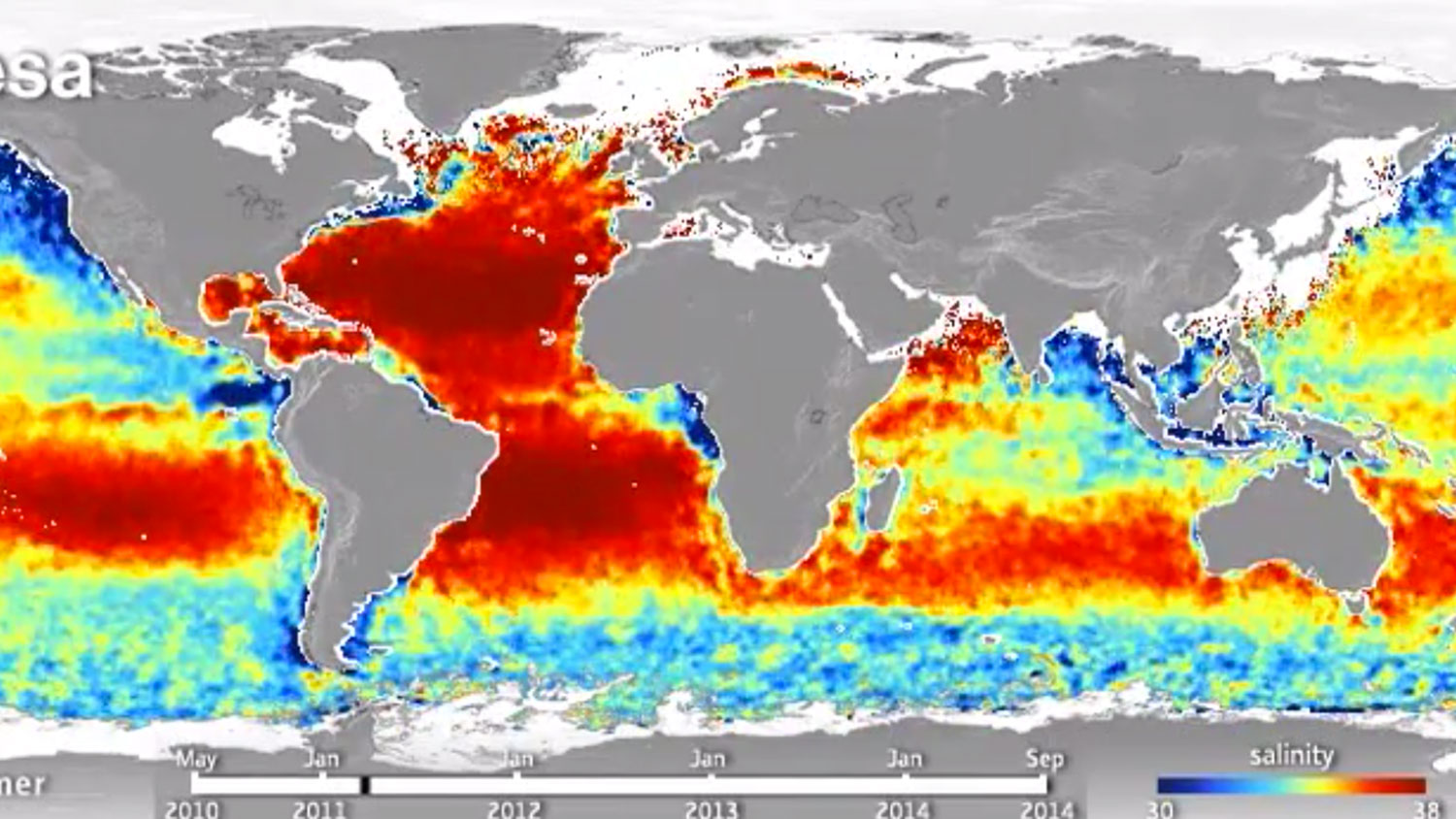We have a new way to measure ocean acidification … from space! Just as it did for the rotary phone and the which-way-is-my-weathervane-pointing meteorology, satellite technology will give a big boost to the tech available to monitor ocean chemistry, according to new research. Scientists previously relied on a patchy network of buoys, ships, and lab tests to monitor acidification. By combining satellite measurements of salinity and other ocean variables, scientists can now paint a near-instantaneous picture of the ocean’s acid baseline at any one time.
And, bonus points: It turns out that five years of changing ocean chemistry is pretty mesmerizing:
[protected-iframe id=”3741faa83cf70f5569a008873af611ab-5104299-57007830″ info=”http://www.esa.int/spaceinvideos/content/view/embedjw/446747″ width=”640″ height=”360″ frameborder=”0″]
Here’s more from Climate Central:
The new monitoring techniques can help monitor hot spots such as the Bay of Bengal, the Arctic Ocean, and the Caribbean, three places where ocean acidification could have major economic impacts but where little research has been done.
New monitoring efforts may come in particularly useful in the coming months, when the National Oceanic and Atmospheric Administration says there is a risk of major coral bleaching in the tropical Pacific and Indian Oceans through May, an event that may rival severe bleaching that occurred in 1998 and 2010. Some island nations in the tropical Pacific including Kiribati, Nauru and the Solomon Islands are already seeing ocean conditions that can cause bleaching.



